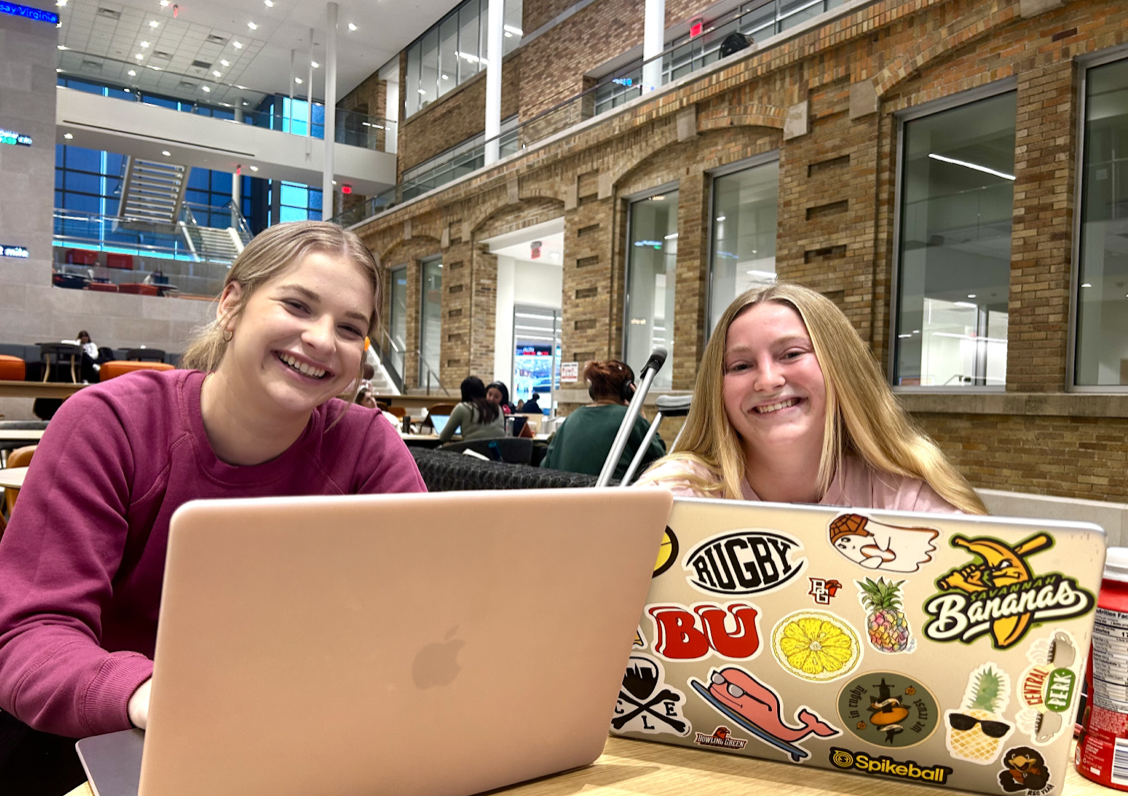Coming of age with Blossom Russo, Darlene Conner, Mike Seaver and Kevin Arnold definitely helped me appreciate the importance of humor, and more importantly, family.
What I remember most about my favorite very-early 90’s sitcoms, such as “Growing Pains” and “The Wonder Years,” aren’t the first kisses, the broken hearts, the dramatic fights or the sappy apologies. I remember their kitchens.
Each kitchen had its distinct color and tone that reflected the family, the region they lived in, their social class and the design of the times. Their kitchens felt like ones at my friends’ houses, or better yet, my own.
The Seavers’ kitchen had high ceilings, bright lighting and a dining nook with a huge greenhouse-esque window; it was the cool kitchen my “lucky” friends had that I always secretly admired.
The Conners’ dark wood cabinets, brown oven and yellow-print wallpaper were so Mid-West it could have been my family’s kitchen.
Modest and functional, there was almost always at least one scene, if not almost whole episodes, that took place in the kitchen of “Roseanne.” In fact, the opening credits always involved the whole family eating and playing games, gathered around the kitchen table.
I don’t think that’s a coincidence.
Kitchens are the place where we meet up with our loved ones and friends after a long day’s work or school. Coming together around the warmth of an oven and the sizzle of onions sautéing in a pan is just plain relaxing. Inhaling the aromas of spices and herbs makes us feel at home. It’s comforting to share our day’s stories, however funny, sad or dramatic they are, with one another as we wash, chop and bake the food that nourishes us. We help each other cook, set the table and round up the family; in the kitchen we come together and feel that togetherness. The kitchen is the hub of our daily lives. Or at least it used to be.
Before the internet, smartphones and fast food joints on every corner, families cooked together and ate together, despite business meetings, volleyball practice, piano lessons and evening youth group meetings.
Maybe I’m idealizing my adolescence from what I remember in my own life (and on television), but I only missed family dinners if there was a major event or family emergency. Nowadays it seems most family members re-heat meals in their microwaves when they finally find a moment to eat in front of the television with no one else around. Picturing this isn’t funny; it’s quite sad.
The comedies I grew up watching are dated now. Darlene’s clothes look like costumes, Blossom’s bangs would be considered an environmental hazard because of all the hairspray and Mike Seaver is no longer “TeenBeat” magazine’s heartthrob of the month.
But the humorous lines and witty comebacks still make me chuckle, and when I watch a re-run where the family gathers around the table, fighting and laughing, I recall the many dinners I’ve shared with my parents and siblings and how they have shaped my own family’s traditions. At the end of the episode I gather my family, head to the kitchen and get cooking.








